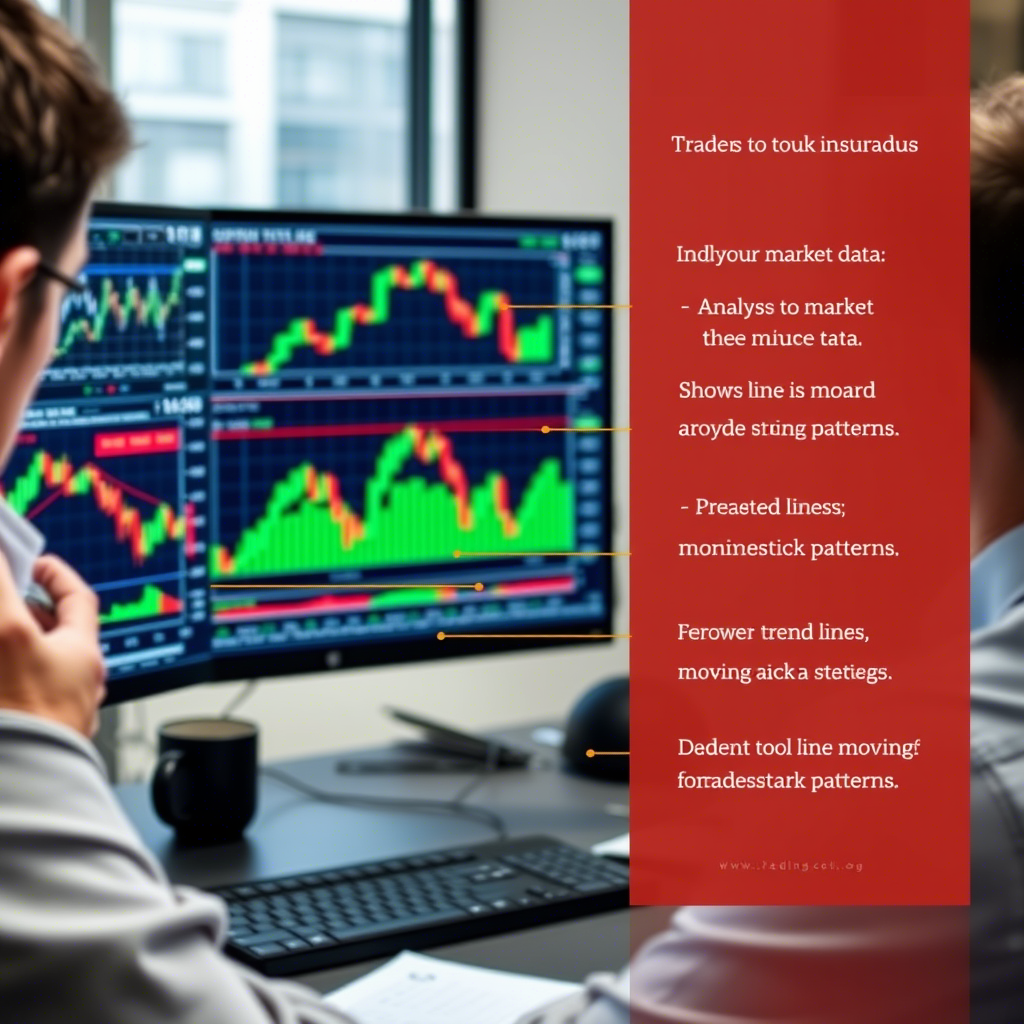Currency Trading: Your Ultimate Guide to Getting Started

What is Currency Trading?
Currency trading involves buying and selling currencies to profit from changes in their exchange rates. It takes place in the forex market, a decentralized global marketplace where banks, institutions, and individual traders exchange currencies. Unlike stocks or commodities, forex trading doesn’t occur on a centralized exchange but through an over-the-counter (OTC) network of brokers and electronic platforms.
Currencies are traded in pairs, such as USD/JPY (US Dollar/Japanese Yen) or EUR/GBP (Euro/British Pound). The first currency is the “base,” and the second is the “quote.” The exchange rate shows how much of the quote currency you need to buy one unit of the base currency. For example, if EUR/USD is 1.10, it means 1 Euro equals 1.10 US Dollars.
How the Forex Market Operates
The forex market runs 24 hours a day, five days a week, across major financial hubs like New York, London, Tokyo, and Sydney. This round-the-clock availability lets traders respond instantly to economic news, political events, or market shifts. Factors like interest rates, inflation, trade balances, and geopolitical developments drive currency price movements.
Why Choose Currency Trading?
Currency trading appeals to a wide range of people due to its unique features. Here’s why it’s worth considering:
1. Unmatched Liquidity
With its massive trading volume, the forex market offers exceptional liquidity. This means you can execute trades quickly, even for large amounts, with minimal price slippage. High liquidity is ideal for traders who value flexibility.
2. Low Entry Barriers
You don’t need a fortune to start currency trading. Many brokers offer accounts with low minimum deposits, sometimes as little as $50 or $100. This makes forex accessible to beginners or those with limited capital.
3. Leverage for Bigger Opportunities
Forex brokers often provide leverage, allowing you to control larger positions with less money. For instance, with 1:50 leverage, $100 can control a $5,000 position. While leverage boosts potential profits, it also increases losses, so use it cautiously.
4. Trade on Your Schedule
The 24/5 market hours mean you can trade at any time, whether you’re a night owl or prefer early mornings. This flexibility suits busy professionals, students, or part-time traders.
How to Start Currency Trading
Ready to dive into currency trading? Follow these steps to begin your journey:
Step 1: Learn the Basics
Start by understanding key forex terms like pips (the smallest price move), spreads (the difference between bid and ask prices), and margin (the collateral for leveraged trades). Free resources like blogs, YouTube tutorials, and broker-provided courses can help you grasp the fundamentals.
Step 2: Pick a Trusted Broker
A reliable broker is essential for success. Choose one regulated by reputable bodies like the Financial Conduct Authority (FCA), the National Futures Association (NFA), or the Cyprus Securities and Exchange Commission (CySEC). Compare brokers based on fees, trading platforms (like MetaTrader 4 or 5), and customer service.
Step 3: Practice with a Demo Account
Most brokers offer demo accounts with virtual funds, letting you test strategies and get comfortable with the platform risk-free. Spend a few weeks or months practicing to build confidence and refine your approach.
Step 4: Create a Trading Plan
A trading plan is your roadmap to success. Define your goals (e.g., income generation or capital growth), risk tolerance, and preferred trading style (day trading, swing trading, etc.). Include risk management rules, like limiting each trade to 1-2% of your account balance.
Step 5: Start Trading with Real Money
Once you’re ready, fund a small live account. Begin with conservative trades to minimize risk while you gain real-world experience. Over time, you can scale up as your skills improve.
Risks of Currency Trading
Currency trading isn’t without challenges. Understanding the risks can help you trade more responsibly:
1. Price Volatility
Currency prices can swing dramatically due to unexpected events like central bank announcements or political upheavals. Volatility can lead to quick profits but also sudden losses.
2. Leverage Pitfalls
While leverage amplifies gains, it can also magnify losses. A small market move against your position could deplete your account if you over-leverage.
3. Psychological Traps
Emotions like fear, greed, or overconfidence can lead to poor decisions, such as chasing losses or ignoring your trading plan. Discipline is key to staying on track.
4. Broker Risks
Not all brokers are trustworthy. Unregulated or shady brokers may manipulate prices or make withdrawals difficult. Always verify a broker’s credentials and read user reviews.
Top Tips for Currency Trading Success
Boost your trading performance with these practical tips:
1. Combine Analysis Types
Use technical analysis (chart patterns, indicators like MACD or Bollinger Bands) to spot trade setups and fundamental analysis (economic reports, news) to understand market trends. This dual approach sharpens your decision-making.
2. Prioritize Risk Management
Set stop-loss orders to cap potential losses. Never risk more than you can afford to lose on a single trade, and diversify your positions to spread risk.
3. Track Your Trades
Keep a trading journal to log every trade, including entry/exit points, rationale, and results. Reviewing your journal helps you spot mistakes and improve over time.
4. Stay Updated
Monitor economic calendars for events like interest rate decisions or employment reports that could impact currencies. News apps or broker alerts can keep you informed.
5. Be Patient and Consistent
Currency trading rewards those who stay disciplined. Avoid the temptation to overtrade or seek quick riches. Focus on steady growth and learning.
Popular Currency Trading Strategies
Traders use various strategies to navigate the forex market. Here are a few to explore:
1. Scalping
Scalpers make dozens of trades daily, aiming for small profits from tiny price moves. This fast-paced strategy requires focus and quick reflexes.
2. Day Trading
Day traders open and close positions within a single day, avoiding overnight market risks. It’s ideal for those who can dedicate a few hours daily.
3. Swing Trading
Swing traders hold trades for days or weeks, targeting larger price swings. This strategy suits those with less time to monitor markets constantly.
4. Trend Following
Trend traders ride long-term market trends, using indicators like moving averages to identify direction. This approach requires patience but can yield significant gains.
Conclusion
Currency trading offers an exciting opportunity to engage with the global economy and potentially grow your wealth. Its accessibility, flexibility, and high liquidity make it appealing, but success demands education, discipline, and careful risk management. By learning the ropes, choosing a reputable broker, and sticking to a well-thought-out plan, you can navigate the forex market with confidence.
Whether you’re a beginner or looking to refine your skills, currency trading is a journey worth exploring. Start small, stay curious, and keep learning to unlock the full potential of this vibrant market.




